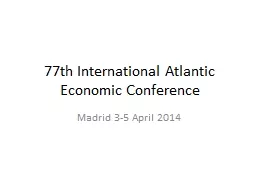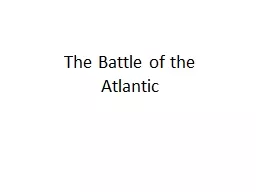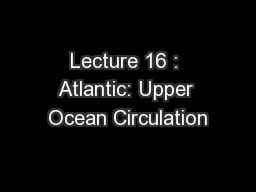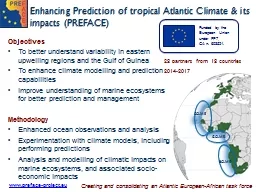PPT-77th International Atlantic Economic Conference
Author : ellena-manuel | Published Date : 2016-12-18
Madrid 35 April 2014 Einaudi EU competencies fiscal policy and the missing Maastricht criteria b y Angelo Santagostino Jean Monnet Chair ad personam o f European
Presentation Embed Code
Download Presentation
Download Presentation The PPT/PDF document "77th International Atlantic Economic Con..." is the property of its rightful owner. Permission is granted to download and print the materials on this website for personal, non-commercial use only, and to display it on your personal computer provided you do not modify the materials and that you retain all copyright notices contained in the materials. By downloading content from our website, you accept the terms of this agreement.
77th International Atlantic Economic Conference: Transcript
Download Rules Of Document
"77th International Atlantic Economic Conference"The content belongs to its owner. You may download and print it for personal use, without modification, and keep all copyright notices. By downloading, you agree to these terms.
Related Documents














